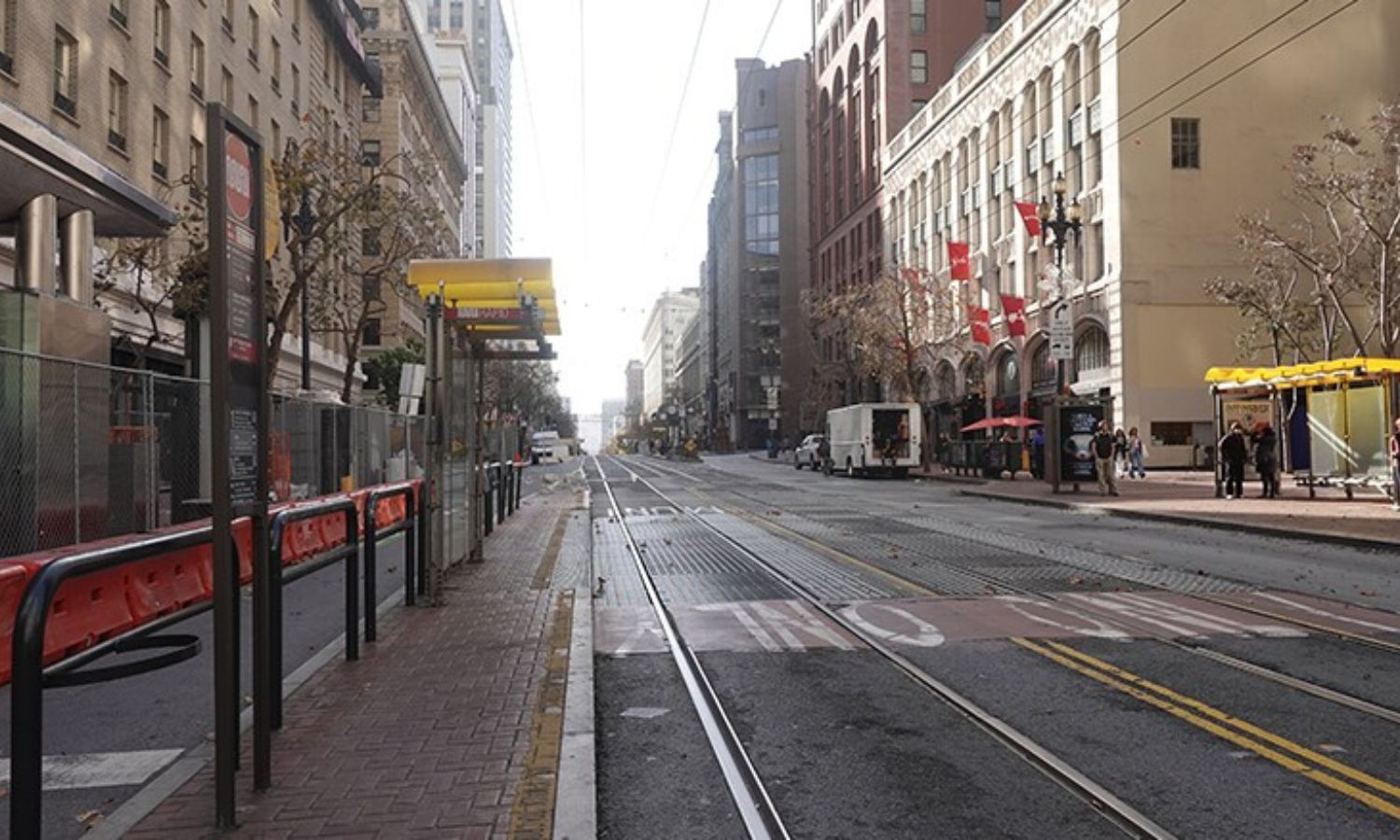California is famed for its vibrant cities, diverse population, and picturesque landscapes. However, not all urban areas thrive; some are nearly deserted. What causes these ghost towns, and what does it signify for California’s future?
The Ebb and Flow of Boomtowns
Empty cities in California often result from the cyclical nature of economic activity. Many were established during periods of rapid growth, such as the Gold Rush, oil boom, railroad expansion, or housing bubble. These cities attracted thousands seeking fortune, community, or a better life.
When resources dwindled, markets crashed, industries declined, or environmental conditions worsened, these cities lost their appeal. Residents sought new opportunities, leaving behind vacant buildings, abandoned infrastructure, and deteriorating neighborhoods.
Examples of such boomtowns include:
Bodie: Once a thriving mining town with over 10,000 residents, Bodie became a ghost town after gold mines closed in the early 20th century. Today, it stands as a state historic park preserving the town in a state of “arrested decay.”
Salton City: Initially planned as a resort town on the Salton Sea, Salton City was abandoned due to pollution, salinity, and toxicity in the lake. Today, it houses only a few hundred residents, surrounded by empty lots, cracked roads, and decaying buildings.
Llano del Rio: Founded in 1914 as a socialist utopia, Llano del Rio aimed for a self-sufficient, egalitarian community. Water shortages, internal conflicts, and legal troubles led to its failure, and the colony relocated to Louisiana in 1917, leaving behind ruins and a monument.
Impact of Natural Disasters
Natural disasters, such as earthquakes, floods, fires, or landslides, contribute to empty cities in California. These events can inflict severe damage on infrastructure, the environment, and residents’ lives. Recovery may be costly, slow, or risky, prompting people to relocate.
Examples of cities affected by disasters include:
San Francisco: While not empty, San Francisco has faced significant population loss due to major earthquakes, notably the devastating one in 1906. This earthquake killed thousands, destroyed much of the city, and displaced a quarter-million residents. Many never returned, leading to a 25% population decline in the following decade.
Dunsmuir: Once a thriving railroad hub and tourist destination, Dunsmuir suffered in 1991 when a train derailment spilled toxic chemicals into the Sacramento River. The town’s economy and reputation suffered, causing many businesses and residents to leave.
Paradise: Nearly destroyed by the Camp Fire in 2018, Paradise lost about 85 lives and over 18,000 structures. While some have returned to rebuild, the majority moved to other areas.
Challenges of Urban Planning
Poor urban planning contributes to empty cities in California through overdevelopment, sprawl, segregation, or gentrification. These processes lead to social and spatial inequalities, environmental degradation, and cultural erosion, reducing cities’ livability and attractiveness.
Examples of poorly planned cities include:
Fresno: The fifth-largest city in California, Fresno faces issues of poverty, pollution, and segregation. Urban sprawl has created low-density, car-dependent, and homogeneous neighborhoods. High rates of unemployment, crime, homelessness, and health problems have prompted many to move to the suburbs or other regions.
Los Angeles: The second-largest U.S. city, Los Angeles is known for congestion, expense, and inequality due to decades of uncoordinated and unsustainable development. Housing affordability, homelessness, racial tension, and social polarization are ongoing challenges, prompting many to leave the city.
San Bernardino: Once a prosperous industrial and commercial center, San Bernardino has suffered from the loss of manufacturing jobs, housing crises, government bankruptcy, and rising crime. The city has lost over 10% of its population since 2000, with vacant and dilapidated neighborhoods.
The Future of Empty Cities
Empty cities in California are not just a historical phenomenon but a current and future challenge. They highlight social, economic, and environmental issues, raising questions about sustainability, resilience, and urban development diversity. How can these cities be revitalized, reimagined, or repurposed? How can they integrate into regional and global networks of innovation, culture, and governance? Finding solutions to these questions is crucial for preventing more cities from becoming empty in the future.
READ MORE
California 2035 Zero-emission Vehicle Mandate is Illegal, Think Tank Says

